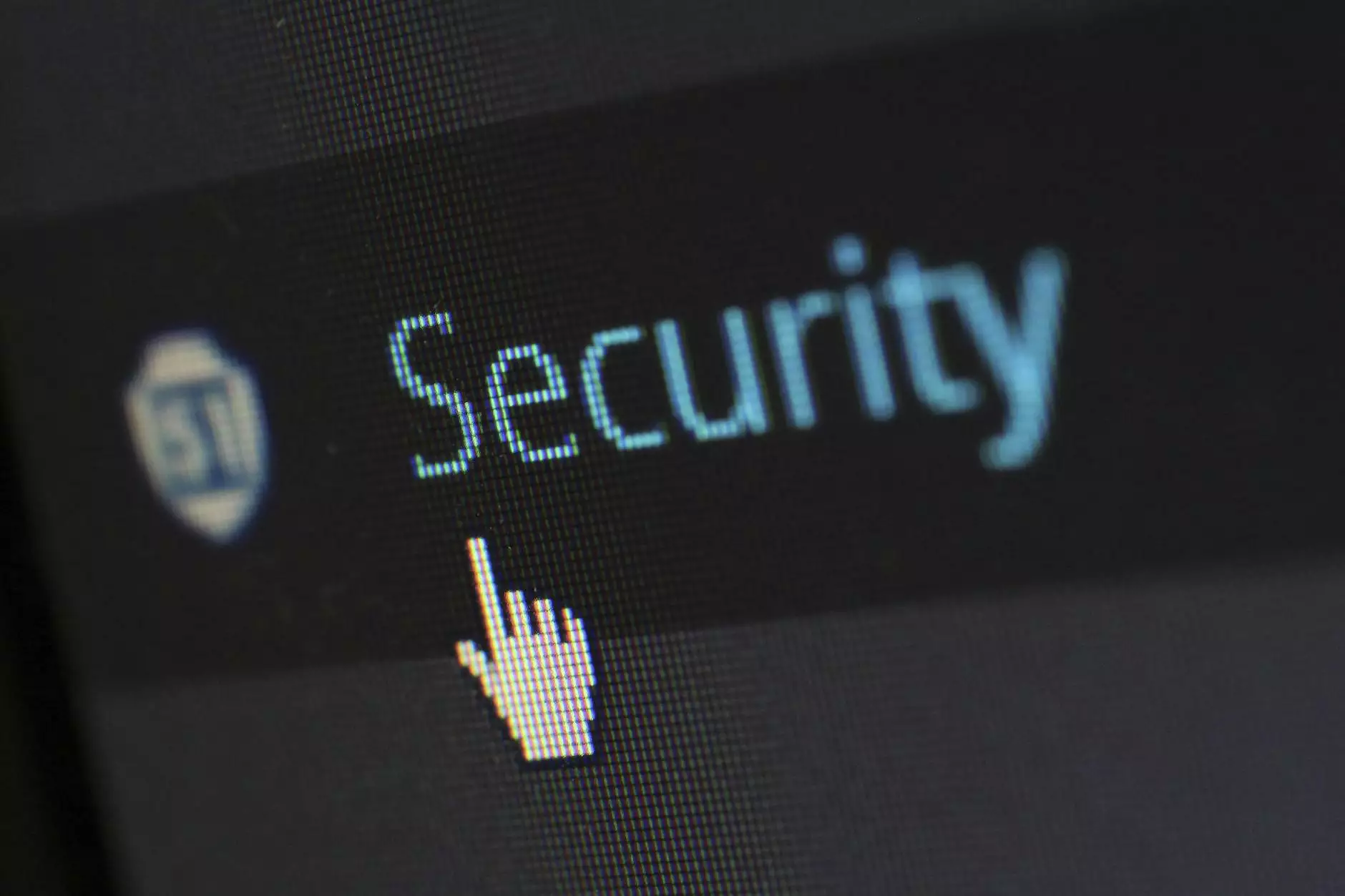10 FREE Ways to Improve Your Cybersecurity Hygiene
Cybersecurity
Welcome to Orwedoit, your trusted partner in the business and consumer services industry, specializing in website development. In today's digital age, cybersecurity has become a paramount concern for businesses and individuals alike. The threat of cyber attacks is not only prevalent but also constantly evolving, making it crucial to prioritize and implement effective cybersecurity practices. In this comprehensive guide, we will uncover ten FREE ways to improve your cybersecurity hygiene and safeguard your valuable information.
1. Strong Passwords
Your first line of defense against unauthorized access is a strong password. Utilize a combination of uppercase and lowercase letters, numbers, and special characters to create complex passwords. Avoid using easily guessable information such as your name, birthdate, or commonly used words. Remember to change your passwords regularly and never reuse them across multiple accounts.
2. Enable Two-Factor Authentication (2FA)
Adding an extra layer of security to your accounts is essential. Two-factor authentication requires you to provide an additional verification method, typically a unique code sent to your smartphone, along with your password. By enabling 2FA, you significantly reduce the risk of unauthorized access, even if your password is compromised.
3. Keep Software Up-to-Date
Software updates often include important security patches that fix vulnerabilities discovered after the software's release. Regularly check for updates across all your devices, operating systems, and applications. Enabling automatic updates ensures you stay protected against the latest threats.
4. Install Antivirus and Anti-Malware Software
Protect your systems from harmful viruses, malware, and other malicious software by installing reputable antivirus and anti-malware software. These tools scan and detect potential threats, allowing you to remove them promptly. Keep your software updated to ensure optimal protection against emerging threats.
5. Secure Your Wireless Network
Unsecured wireless networks can be vulnerable to unauthorized access. Change the default administrator username and password on your wireless router to strengthen its security. Enable WPA2 or WPA3 encryption and regularly update the router's firmware. Additionally, consider hiding your Wi-Fi network's name (SSID) to prevent potential attackers from easily identifying and targeting your network.
6. Regularly Backup Your Data
Data loss can occur due to various reasons, including cyber attacks or hardware failures. Regularly backup your important files and data to external hard drives, cloud storage services, or network-attached storage devices. In the event of a breach or system failure, having recent backups ensures you can quickly recover your data without any significant disruption.
7. Educate Yourself and Your Team
Stay informed about the latest cybersecurity practices and threats. Educate yourself and your team about phishing scams, social engineering techniques, and other common attack vectors. Establish clear security policies and provide regular training sessions to raise awareness and promote a secure digital environment within your organization.
8. Use a Virtual Private Network (VPN)
When accessing the internet, especially on public Wi-Fi networks, it is crucial to secure your connection. A VPN creates a secure, encrypted tunnel between your device and the internet, protecting your sensitive data from prying eyes. Invest in a reputable VPN service to ensure your online activities remain private and secure.
9. Enable Firewalls
Firewalls act as a barrier between your devices and the internet, monitoring and filtering incoming and outgoing network traffic. Enable built-in firewalls on your devices and consider utilizing an additional network firewall for added protection. Regularly review firewall settings and ensure they are configured to effectively block unauthorized access.
10. Be Mindful of Phishing Attempts
Phishing attempts aim to trick individuals into revealing sensitive information, such as login credentials or financial details, by posing as a trustworthy entity. Be cautious when clicking on links in emails, messages, or pop-up windows, particularly if they seem suspicious or unexpected. Verify the legitimacy of the sender before providing any personal or confidential information.
By implementing these ten FREE cybersecurity practices, you can significantly enhance your digital defenses and protect your personal or business information from potential threats. At Orwedoit, we understand the importance of cybersecurity in today's interconnected world, and we are committed to offering expert website development solutions while prioritizing our clients' security.
As a leading player in the business and consumer services industry, specializing in website development, Orwedoit combines exceptional technical expertise with a proactive approach to cybersecurity. With our tailored solutions, you can ensure your online presence is not only visually compelling but also secure against potential digital threats.
Remember, cybersecurity is an ongoing process, and it requires continuous vigilance. Stay up-to-date with the latest security practices, adapt them to your specific needs, and always be proactive in mitigating potential risks. At Orwedoit, we are ready to support you on your journey to a safer and more secure digital environment.










